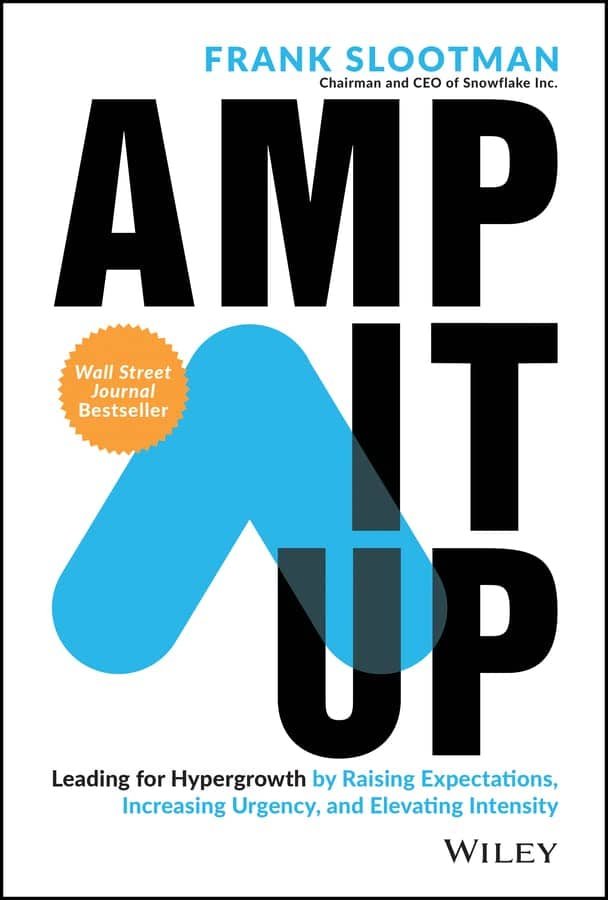|
|
Hello and Happy Monday! I hope you had a really good week and weekend! I went on a four mile ruck with friends yesterday that was really enjoyable. It was raining but that didn’t stop us from going out. I’ve got 23.7 miles of walking events recorded this month and my goal is to get above 30 miles. I’m not training for anything; just wanting to ensure I’m building up a good movement base! I read a really interesting book last week called Dotcom Secrets. The title makes it sound like an exposé, but it was a very tactical book on marketing funnels. I’ve been trying to learn things across a wider spectrum of business topics and this book was a good window into something I knew nothing about! It’s Thanksgiving week in the US today, and I’m taking the week off of work! I’ve got plenty of projects to work on, so I’ll be busy, but in a fun way 🙂 I hope you have a great week, too! A Quote Three Things1 – 🎙️ Snipd – A hole in my research workflow has been filled! Snipd is a podcast app that integrates with AI, which enables text to speech functionality. I can “snip” a note from a podcast while listening, which brings up the transcript. I mark the start/stop words in the transcript and can tag the note. These notes flow into Readwise where notes from my books and articles already go. These podcast notes now automatically sync to my second brain, Obsidian. They appear in my daily reviews alongside those other notes. (Note that AI is a “premium” feature behind a $6/mo fee) 2 – 🍔 Thermic Effect of Food – I was listening to a podcast on food and heard a new term I needed to learn more about: thermogenesis. After some research I found out about the thermic effect of food. It describes how the body’s metabolic rate increases after ingesting food; the body uses energy to be able to consume energy. Proteins have a markedly higher thermic effect; 25% of it’s energy goes to processing, versus 0-3% for fats and 5-10% for carbohydrates. That means calorie for calorie, proteins induce greater energy consumption than the other macros. 3 – 🏐 Sepak Takraw – If hacky sack and volleyball had a baby, it would be sepak takraw. I’ve been on this planet for multiple decades and have never heard of this game, but I’m glad to now know it exists. The link is to a greatest hits style YouTube video to give you a sense of the gameplay. It looks difficult! Deeper DiveI love to cook. I also love to challenge myself and improve my skills. Together, this means I’ll often come out of my home office at 6:30PM on a Tuesday with grandiose plans for dinner. I poke around the fridge and pantry for a while, scoping out ingredients. I’m generating a possible recipe in my head. I grab ten things and start making something novel and interesting. The pan is sizzling. Aromatic spices are in the air. Here we go! But, before I know it, it’s 8:30 PM and everyone in the family has hunger pains. The kids go to bed after 10PM and are tired the next day. Whoops. Sometimes an elaborate dinner is great! Sometimes it’s better to cook something more straightforward and get everyone fed by 7:30. 🙂 (Sometimes it’s better not to work until 6:30, but that’s a topic for another day!) The idea behind this is the concept we’ll deep dive into today: keep the schedule and change the scope. I first heard this concept from James Clear in “Atomic Habits” and it’s a mantra I’ve repeated many times since. The idea is that in habit formation you want to keep the scope small while the habit is being formed. James calls this his “Two-Minute Rule”. James says: “Even when you know you should start small, it’s easy to start too big. When you dream about making a change, excitement inevitably takes over and you end up trying to do too much too soon. The most effective way I know to counteract this tendency is to use the Two-Minute Rule, which states, “When you start a new habit, it should take less than two minutes to do.” I also like what Tim Ferriss said on Huberman’s podcast: “How far can you ratchet down the scale until you have no excuses?” New habits are hard to develop and modern schedules are very busy. By forcing you to start small, the likelihood that you’ll find time to do the new thing increases. And doing small things over time is how you build habits. Why does this work? I’ll share three main ideas; physiology of the brain, repetition, and identity. Physiology of the Brain: When performing a novel task the brain uses the prefrontal cortex. It’s energy and time intensive. As your brain engages with the same thing over time, processing moves to the basal ganglia, which is less energy and time intensive. For example, you probably don’t have to think much about walking anymore! By ‘keeping the schedule’ and ensuring you continue to do the new thing over time, you make sure the brain can continue the process of offloading it to the basal ganglia, reducing the amount of effort required. Repetition: Humans love routines. Most of us get into a groove and stay there. From an evolutionary standpoint there are advantages to preserving energy, and routines allow us to conserve energy. Our routines offer a sense of comfort, stability, and security. By ‘keeping the schedule’ you’re creating a repeat pattern. The more you repeat something the more it feels like a routine. The more something is part of your routine, the more you’ll likely continue it. Identity: “People like me do things like this.” Identity is powerful and often creates automated responses (which is why it’s a good idea to keep your identity small). But for habit formation, we can harness it for the power of good! By ‘keeping the schedule’ you’re reinforcing that people like you do things like this. Writers write. Runners run. Guitarists play guitar. People like you do this thing. Now that we have some understanding of why this works, let’s look at three examples where this can be applied – including one about cycle times at work. Exercise: People often think that there’s “no point” in working out unless it’s for a substantial time. When life stacks up and very little time is left, exercise is often dropped off the agenda. Instead of letting it drop off, change the scope. I will sometimes just do a set of pushups before cooking breakfast. I may only have time to walk around the block. Even if the scope is low, I make sure to do some form of exercise. “People like me do things like this.” Do one pushup. Walk around the dinner table. Walk to the end of the driveway. No matter what, keep the schedule. Reading: My reading habit started by picking a time (every night before bed) and a time commitment (five minutes). After five minutes I wanted to keep reading, so five became ten. Over time, ten became twenty. Then twenty became…finding another time to do it because I needed sleep 😁 If you’d like to develop a reading habit, start small. Read one page and keep the schedule.
Task Updates at Work: Let me introduce this idea by starting with a quote from Frank Slootman in “Amp it Up”: “Leaders set the pace. People sometimes ask to get back to me in a week, and I ask, why not tomorrow or the next day? Start compressing cycle times. We can move so much quicker if we just change the mindset. Once the cadence changes, everybody moves quicker, and new energy and urgency will be everywhere. Good performers crave a culture of energy.” Frank is pretty intense, but the theory is sound. At work the time unit of one week often becomes the default cadence for everything, but that doesn’t have to be the case. Change from one week to one day. Negotiate the scope if needed. Don’t let a week go by. Stay aligned. Check the approach. Debate early findings. Keeping the schedule and changing the scope is a powerful concept! You’ve got brain physiology, repetition, and your identity all there to help you. You have personal and professional areas where you can apply this. Keep new habits to less than two minutes. Use schedule constraints to speed up velocity at work. Now that we’re armed with all these principles and examples, let’s take action! Is there a habit you’re trying to build? Figure out the smallest scope that makes it a no-brainer for you to do every day. Do a pushup. Write a paragraph. Read a page. Start today. Do you need to increase velocity at work? The next time you need to delegate, shorten the cycle time and have the team get back to you sooner. The next time your boss makes a request, surprise them by reducing their deadline. That’s baller. Good luck, have fun, and as always, I’d love to hear your thoughts and how you put this into action. Reply back and let me know! Kevin |




No responses yet